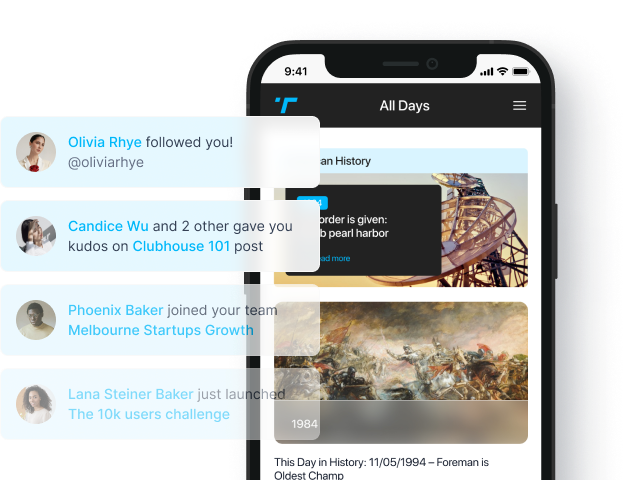Flashback to April 1
American History

On March 29, 1886, a chemist named John Pemberton embarked on an advertising campaign that would eventually transform the world of beverages. This momentous event marked the beginning of the widespread promotion of Coca-Cola, a beverage that initially contained cocaine. As we delve into the history of this iconic drink, it is important to understand the context in which it was created and the significance it holds in contemporary culture.
John Stith Pemberton was a pharmacist and chemist based in Atlanta, Georgia. Seeking to create a refreshing and invigorating beverage, he developed a concoction that combined cocaine extract with kola nuts and various other ingredients. The result was a syrupy concoction that Pemberton believed had significant health benefits.
In order to introduce this new drink to the public, Pemberton took to the streets of Atlanta, posting advertisements around the city. This initial advertising campaign was crucial in raising awareness about Coca-Cola and attracting potential customers. Despite its humble origins, the beverage caught on quickly, as people began to discover its unique flavor and perceived medicinal qualities.
One of the reasons Coca-Cola gained popularity was due to the widespread use of cocaine during the late 19th century. In those days, cocaine was not yet seen as a harmful substance and was commonly used in medicines and tonics. Its stimulating effects were thought to provide a boost of energy and vitality. Pemberton capitalized on this trend by including cocaine as an ingredient in his new beverage, providing an extra element of intrigue and allure.
As the demand for Coca-Cola grew, Pemberton realized that he needed to refine his formula and make the beverage more palatable to a wider audience. He enlisted the help of another Atlanta pharmacist named Willis Venable, who played a crucial role in perfecting the flavor profile of Coca-Cola. Venable suggested replacing the use of cocaine with leaves from the coca plant, which would provide the distinctive taste without the addictive properties of cocaine.
This change marked a turning point in the history of Coca-Cola. The modified formula allowed the drink to retain its unique flavor while removing the controversial ingredient. Despite this modification, Coca-Cola continued to be associated with cocaine due to its origins and early marketing campaigns.
In the following years, Coca-Cola underwent further transformations under the leadership of Asa Griggs Candler, who took over the company in 1891. Candler played a pivotal role in building the brand and expanding its reach, making Coca-Cola a household name worldwide. Through relentless advertising campaigns and innovative marketing strategies, Candler positioned Coca-Cola as a symbol of American culture and an embodiment of the American dream.
Throughout its history, Coca-Cola has evolved into more than just a beverage. Today, it is a global brand that is closely associated with happiness, memories, and shared moments. With its distinctive logo, iconic red cans, and catchy slogans, Coca-Cola has become deeply ingrained in popular culture.
The event on March 29, 1886, when John Pemberton launched the first advertising campaign for Coca-Cola, marked the beginning of a journey that would transform the way we consume beverages. While the inclusion of cocaine as an ingredient may have raised eyebrows in hindsight, it played an important role in the early success of the drink. Over time, Coca-Cola has evolved and adapted to changing cultural norms, but its original roots and the vision of John Pemberton continue to resonate.
As we reflect on the history of Coca-Cola and its origins, it is worth appreciating the perseverance and foresight of those involved in its creation. From humble beginnings to global success, Coca-Cola stands as a testament to the power of innovation, marketing, and adaptation.
We strive for accuracy. If you see something that doesn't look right, click here to contact us!
Sponsored Content

CBS fires sportscaster Brent…
CBS fired sportscaster Brent…

New York City’s newspapers…
After a 114-day strike,…

Samuel Morey patents internal…
On April 1, 1826,…

Robert the Hermit US…
Robert the Hermit, a…

